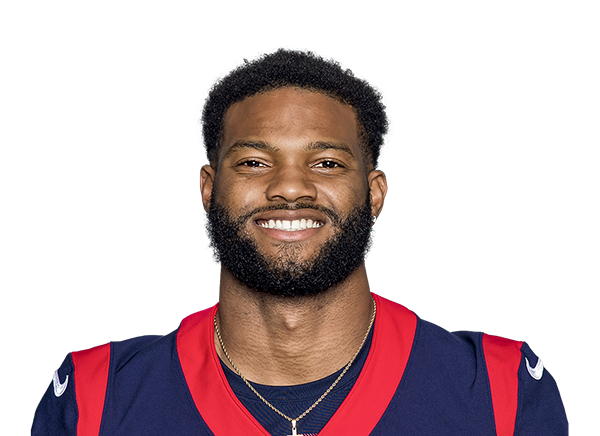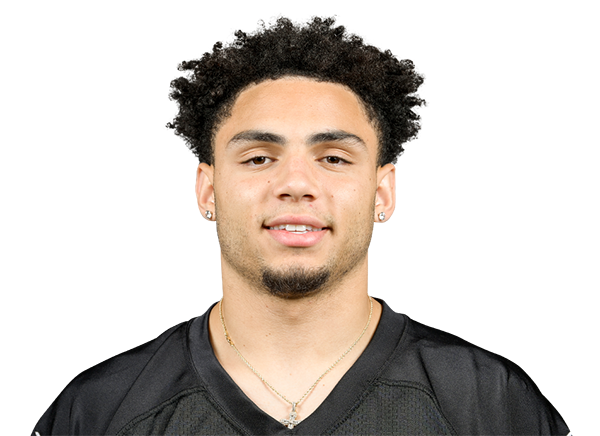Campus to Canton Series: Freshman Hit Rates

Here at DLF, we strive to evolve and grow with the game of dynasty fantasy football. In that spirit, we have started a new article series, introducing the latest dynasty craze – Campus to Canton leagues. My goal is to start off focusing on the basics while establishing an understanding of how everything works. As we progress through the series, I aim to dive into strategies, player values, buys and sells, and more! If you’re new to C2C and missed the earlier parts of the series, make sure to go back and check them out, starting with part one.
Thank you for returning for the next installment of the C2C series. I received a lot of feedback about the last article. Some loved it, some hated it, and some obviously never read anything past the title, but I’m glad it piqued some interest. For far too long, it’s been common practice to accept poor hit rates from our supplemental draft picks, and for many C2C players, the thought of trading future picks for players or trading away underperforming players had never crossed their minds. My goal for the last article was to change that approach or at least start the conversation, and I believe I accomplished that. Whether purely coincidental or not, I’ve seen and heard a lot more talk about how to approach freshmen in drafts, in the past two weeks since the article. Now that the conversation has begun, it’s time to dive even deeper, to see if we can find ways of beating the odds.
In the last article, I looked at four years of data, years 2017-2020. While not an extremely small sample, the argument could easily be made that we needed to look into more past classes, to confirm the trend. I agree entirely, so I started with the 2013 recruiting class this time. I looked into the 2012 and 2011 classes, but it seemed as if they had an even lower hit rate. I took the 2020 class out of the mix because they haven’t had a chance to perform in the NFL yet. That leaves us with seven freshmen classes to work with, a total of 140 players in the sample.
As you can see, the hit rate of the freshmen fell right in line with the rate from the last article, even when combining all 140 players into one group. From that seven years of data, less than 12 percent of top-20 freshmen recruits have turned in a top-12 season at their respective position, in NFL fantasy football. If we break it down by individual season, we do see some fluctuations, but it doesn’t often hit more than the 20 percent rate. 2013, 2017, and 2018 all have a 20 percent rate. The 2016 class has had 15 percent of its players hit a top-24 season. The 2015 class had five players hit, so a 25 percent rate, but that fifth player was Ronald Jones. That leaves us with two classes on opposite sides of the spectrum, 2014 and 2019.
2014 is by far the best freshmen class of the seven years, and if you look closely, you’ll see that a lot of the players ended up being a part of the 2017 rookie class, widely regarded as the best in at least the past decade. You’ll notice that this time I added what school the player was recruited to, what position they played, and their height and weight. Don’t worry, we’re going to get into all of that very soon, but first I want to wrap up the general look of the class.
2019 has by far the worst hit rate of the group. After one season in the NFL, we only have one top-24 season, and only three total players even in the NFL. You may say that it’s unfair to look at a class that has only had one year of experience, and you’re not wrong, but if our goal is scoring fantasy points for our canton squads, we want players that will do that as quickly as possible. Waiting four, five, or even more years before we see NFL production should definitely not be the goal.
By diving deeper into the data, we see basically the same hit rates as before, so now the question becomes are there ways of drafting more efficiently?
Looking into the different positions, we quickly see a victor rise to the top! Once again combining all of the classes together, running backs prove to be the best bets you can make when drafting a freshman player. Not only do they hit a top-24 season at over a 25 percent rate, but 15 percent of the players hit a top-five season. Those numbers could be skewed a little from that amazing 2014 class, but I think it’s pretty obvious that your best bet is running backs, if drafting a freshman player.
Quarterbacks and wide receivers hit at a much lower rate, around 16 percent, but we see another major decrease in top-12 and top-five hit rates for wide receivers. Think about that for a second. Less than 9 percent of top-20 ranked freshmen wide receivers have produced a top-12 fantasy season in the NFL since 2016 (the first year the 2013 class was eligible to be drafted). As for the tight ends, please do yourself a favor and don’t draft them in your supplemental drafts. Your odds of hitting are so low that it’s seriously not even worth trying with them.
Next, we turn to the different power-five conferences, to see if we can better our odds. Once again, we see a clear winner, with the SEC hitting at close to a 30 percent rate. The Pac-12 and ACC see a substantial drop to around 15 percent, and then about 10 percent for the Big Ten and Big-12. We now have almost a 30% chance of drafting a quality NFL player, by focusing on the SEC, but it gets better.
Narrowing it down even further, we see the same pattern from the full group, but at much better odds. SEC WRs are not what I would be focusing on, but there are arguments to be made for SEC QBs. The safest bet you can make when drafting a freshman player is by taking an SEC RB. With around a 40 percent chance of getting at least a top-24 season in the NFL, we’ve almost doubled our odds from the main group of players. It couldn’t possibly get any better than that, right?
You may have guessed it, but it can. It’s not that unbelievable when you really think about it, but drafting a freshman player from Alabama nets you a 50 percent chance of hitting. 25% of their players from the past seven years have gone on to have at least one top-five fantasy season, at their respective position. We see pretty good hit rates from USC and Clemson, surprisingly around-average from Georgia, and well-below average from Ohio St and Florida St. Miami didn’t have a single player hit in the seven-year sample, out of six possible players.
There were plenty of other schools with low hit rates, but most of them didn’t have a large enough sample to include here. There’s an argument to be made that Ohio St’s rate could be on the rise, since our sample is not including the 2021 season which has Marvin Harrison Jr and Emeka Egbuka, but there have been quite a few misses in that time frame as well.
Taking all of this new information, let’s look at this year’s freshmen class to see who we should be drafting and which players to avoid. Arch Manning, the top freshmen recruit in the country according to 247sports.com, was recruited to an SEC school, so his stock is up (if it wasn’t already with his last name). Nico Iamaleava is another five-star SEC QB, so add him to the list. Zachariah Branch, Malachi Nelson, and Makai Lemon were all recruited by USC, giving them better-than-average odds of hitting. Cedric Baxter, Justice Haynes, Reuben Owens, and Richard Young are all SEC RBs, with two of them going to Alabama.
Every other player in the top 20 falls into categories that leave them with 20 percent or lower odds of hitting. I would recommend that you avoid those players and take advantage of this knowledge by moving around the draft board via trades or focusing on more proven second and third-year players.
If there is one thing I’ve proven throughout this series, it’s that hitting on NFL players in your supplemental drafts is not easy. By diving deeper, we’ve found ways of increasing our chances, but we’re still looking at best at a 50/50 shot. I think we can feel a little better going into our supplemental drafts now, but I still argue that the most valuable player available in a supplemental draft is one that has proven themselves already. Let’s turn the focus from drafting freshmen no matter what in the first few rounds, to drafting the players with the best odds of hitting, and trading up or out when possible. I hope you enjoyed this deeper dive into freshmen players, and look forward to hearing from you all!
- 2025 Dynasty Fantasy Football Rookie Drafts: A View from the 1.12 - April 10, 2025
- 2025 NFL Scouting Combine Winners and Losers: Running Backs - March 6, 2025
- Senior Bowl Week Performance Analysis - February 10, 2025































































